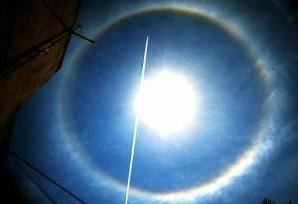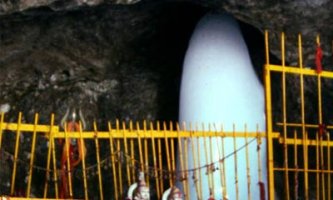March 19, 2014
Washington: A massive magnetic eruption that barely missed the earth would have hit it hard had it come nine days earlier – wreaking havoc with the electrical grid, disabling satellites and GPS and disrupting our increasingly electronic lives.

March 19, 2014
Washington: A massive magnetic eruption that barely missed the earth would have hit it hard had it come nine days earlier – wreaking havoc with the electrical grid, disabling satellites and GPS and disrupting our increasingly electronic lives.

The solar bursts would have enveloped Earth in magnetic fireworks matching the largest magnetic storm ever reported on Earth, the so-called Carrington event of 1859.
Detected by NASA's STEREO A spacecraft, a rapid succession of coronal mass ejections – the most intense eruptions on the sun – sent a pulse of magnetized plasma barreling into space and through earth's orbit in July last year.
The solar bursts would have enveloped earth in magnetic fireworks matching the largest magnetic storm ever reported on earth, the so-called Carrington event of 1859, said researchers from University of California, Berkeley and China's State Key Laboratory of Space Weather Sciences.
In 1859, the telegraph system was knocked out across the US, literally shocking telegraph operators.
Meanwhile, the Northern Lights lit up the night sky as far south as Hawaii.
"Had it hit Earth, it probably would have been like the big one in 1859 but the effect today, with our modern technologies, would have been tremendous," explained UC Berkeley research physicist Janet G Luhmann.
A study last year estimated that the cost of a solar storm like the Carrington Event could reach $2.6 trillion worldwide.
A considerably smaller event on March 13, 1989, led to the collapse of Canada's Hydro-Quebec power grid and a resulting loss of electricity to six million people for up to nine hours.
"An extreme space weather storm – a solar superstorm – is a low-probability, high-consequence event that poses severe threats to critical infrastructures of the modern society," warned Ying D Liu, a professor at China's State Key Laboratory of Space Weather Sciences in Beijing.
The cost of an extreme space weather event, if it hits earth, could reach trillions of dollars with a potential recovery time of 4-10 years.
It is paramount to the security and economic interest of the modern society to understand solar superstorms, Liu added.
The researchers concluded that a huge outburst on the sun July 22 propelled a magnetic cloud through the solar wind at a peak speed of more than 2,000 km per second – four times the typical speed of a magnetic storm.
It tore through the earth's orbit but, luckily, earth and the other planets were on the other side of the sun at the time.
Any planets in the line of sight would have suffered severe magnetic storms as the magnetic field of the outburst tangled with the planets' own magnetic fields.
"People keep saying that these are rare natural hazards but they are happening in the solar system even though we do not always see them," Liu noted.
"It is like with earthquakes – it is hard to impress upon people the importance of preparing unless you suffer a magnitude 9 earthquake," she said in a paper that appeared in the journal Nature Communications.
Courtesy: IANS
















































































































